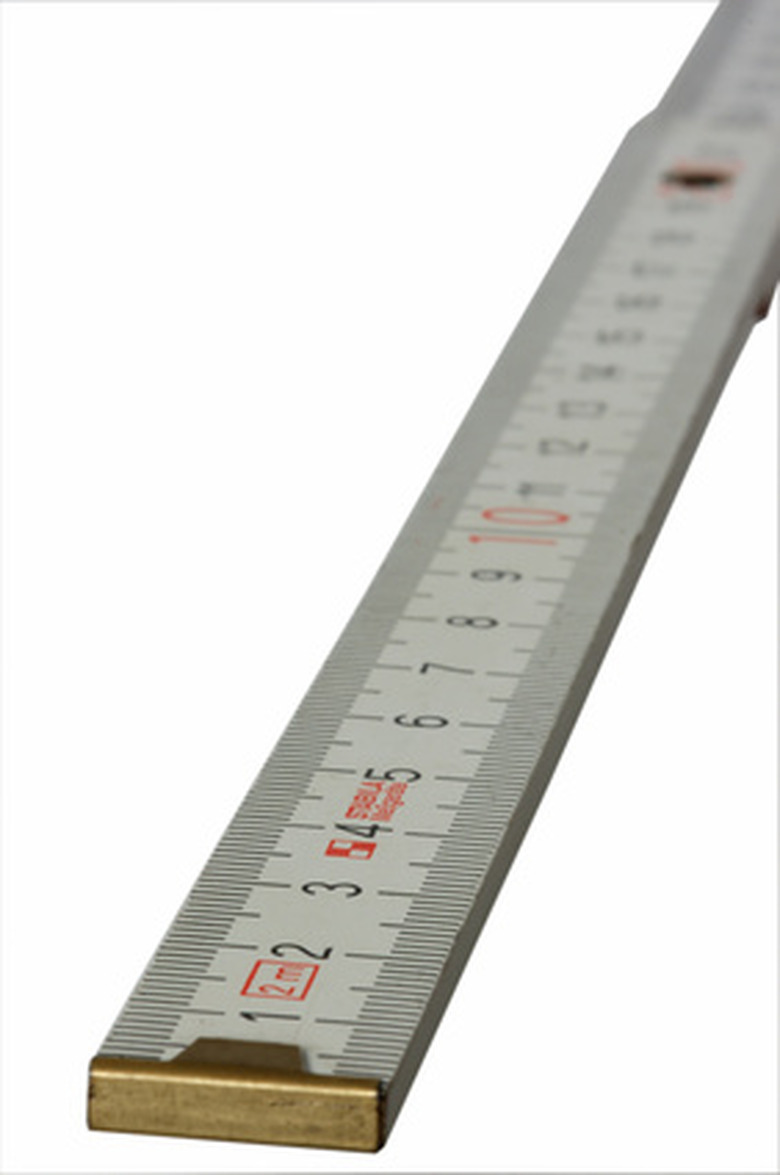The Reasons Why The U.S. Should Not Use The Metric System
For years, mathematicians and scientists have argued the merits of the metric system. The United States is only one of three countries in the world that has held on to the English measurement system. However, historically, the metric system holds an important place in America. In 1792, the U.S. Mint produced the first-ever decimal-based currency. The Metric Act of 1866, passed by the federal government, made trading in metric quantities legal. The Metric Conversion Act of 1975 established a U.S. Metric Board to convert America to the metric system. However, it did not plan for target dates. In 1991, President George Bush signed an executive order that directed all federal agencies and departments to use the metric system. On April 9, 2001, the U.S. Stock Exchange transition completed to dollars and cents trading. The old system traded stocks in increments of 12.5 cents, or one-eighth of a dollar, based on the Spanish dollar division of "pieces of eight."
Confusion
Confusion
A change to the metric system would confuse most Americans, who do not know how to use the metric system in day-to-day applications. Every application, from measurements to temperature to weights, requires a completely different formula to change from English measurement to metric. Without a quick reference, the awkward transfer will complicate even the most simple of daily transactions, such as buying gas, which would be measured in liters.
Expensive
Expensive
The expense of the U.S. changing over to the metric system translates into changed measurements on all packaged products, starting with food. The change would also impact housing and lot sizes, the measurement of temperatures with the new use of Celsius, and the change of mileage and speed signs. The far-reaching implications of the costs would even include vehicle production as the industry switched from miles per hour ratings to kilometers per hour.
Custom
Custom
Americans, and people in general, resist change and this applies to the adaption of the metric system as well. Americans seem to embrace the philosophy that the English system works fine and has served us well for hundreds of years. Why should we fix it if it's not broken? We have used the English system since the founding of our country, although history bears out the efforts to implement the metric system in the U.S.
Cite This Article
MLA
(Lisa)Thompson, Elizabeth. "The Reasons Why The U.S. Should Not Use The Metric System" sciencing.com, https://www.sciencing.com/list-7630831-reasons-not-use-metric-system/. 9 January 2018.
APA
(Lisa)Thompson, Elizabeth. (2018, January 9). The Reasons Why The U.S. Should Not Use The Metric System. sciencing.com. Retrieved from https://www.sciencing.com/list-7630831-reasons-not-use-metric-system/
Chicago
(Lisa)Thompson, Elizabeth. The Reasons Why The U.S. Should Not Use The Metric System last modified March 24, 2022. https://www.sciencing.com/list-7630831-reasons-not-use-metric-system/
